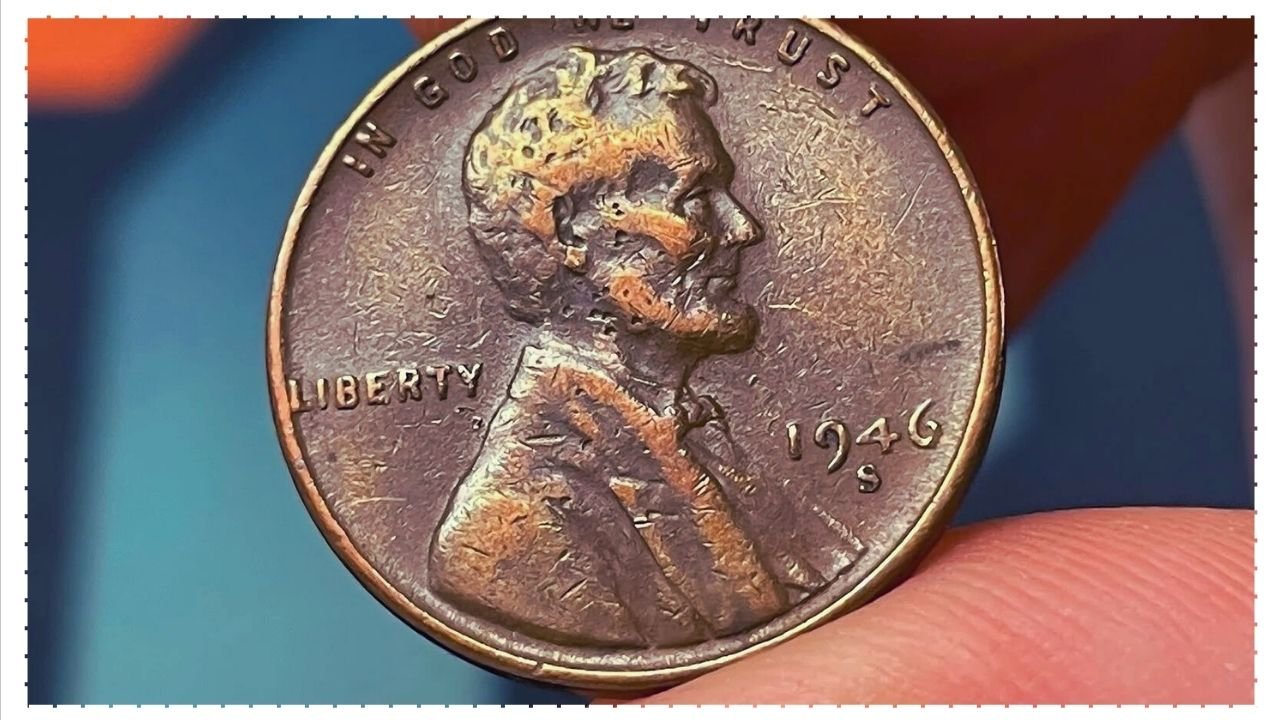Imagine picking up a penny from the sidewalk and discovering it’s worth $124 million. The Lincoln Wheat Penny, minted between 1909 and 1958, is a common coin that could hold unbelievable value. With Abraham Lincoln’s face on one side and wheat stalks on the other, some rare versions of this penny are still out there, waiting to be found. A few pennies with unique errors or low mintage have collectors buzzing, and one could be worth a life-changing fortune. Here’s why these coins are so special and how you might spot one in your pocket.
The Story Behind the Lincoln Wheat Penny
The Lincoln Wheat Penny first hit pockets in 1909, created to celebrate Abraham Lincoln’s 100th birthday. Designed by Victor David Brenner, it was the first U.S. coin to feature a president’s face, which made it a big deal. The wheat stalks on the back stood for prosperity, and billions were made over nearly 50 years. Most are worth just a cent, but rare ones with minting mistakes or limited production can fetch millions. The idea of a $124 million penny sounds wild, but certain coins, like the 1943 copper penny, have sold for millions and could climb higher in value.
Why Some Pennies Are Worth Millions
The $124 million price tag is tied to ultra-rare pennies, especially the 1943 Copper Penny. In 1943, World War II led the U.S. Mint to make pennies from steel to save copper, but a tiny number of copper pennies were minted by mistake. Only about 20 are known to exist, and one sold for $1.7 million in 2010. Experts say a perfect one could be worth $10 million or more today, and hype around a $124 million valuation comes from rare coin auctions and collector excitement. Other pennies, like the 1955 Double Die or 1909-S VDB, also carry huge value due to errors or low mintage.
Spotting a Million-Dollar Penny
You don’t need to be a coin pro to find a valuable Lincoln Wheat Penny. Start by checking the date and mint mark—a small “S” (San Francisco), “D” (Denver), or none (Philadelphia)—under the year. For 1943 pennies, grab a magnet: steel pennies stick, but copper ones don’t. Look for doubled text on 1955 pennies or the “VDB” initials on 1909-S coins using a magnifying glass. Condition is key—shiny, unworn coins are worth more. Never clean a penny you think is valuable, as it could ruin its worth. Take it to a grading service like PCGS or NGC to confirm its value.
|
Feature |
What to Look For |
Potential Value |
|---|---|---|
|
1943 Copper Penny |
Copper, not steel; doesn’t stick to magnet |
$1 million–$10 million+ |
|
1955 Double Die |
Doubled date and text |
$50,000–$1 million+ |
|
1909-S VDB |
“S” mint mark, “VDB” initials |
$50,000–$1 million |
Tips to Start Your Penny Hunt
Hunting for a rare Lincoln Wheat Penny is easy and fun. Check your loose change, old coin jars, or buy rolls of pennies from banks. Estate sales or family heirlooms might hold hidden gems. Use apps like PCGS CoinFacts or visit a local coin shop for advice. Be wary of online claims about $124 million pennies, as some are overblown, but coins worth thousands or millions are real. Store your pennies in protective holders to keep them safe. Even if you don’t find a mega-rare penny, others like the 1914-D ($200,000+) could still make you rich.
A Hobby with Huge Payoff Potential
The Lincoln Wheat Penny is more than just change—it’s a piece of American history, from the Great Depression to World War II. Collecting these coins is a thrilling way to connect with the past while chasing a big payday. Even if a $124 million penny is a stretch, finding a rare one worth thousands or millions is possible. So, next time you see a penny, don’t toss it aside. Take a closer look—it might just be the key to a life-changing fortune.
